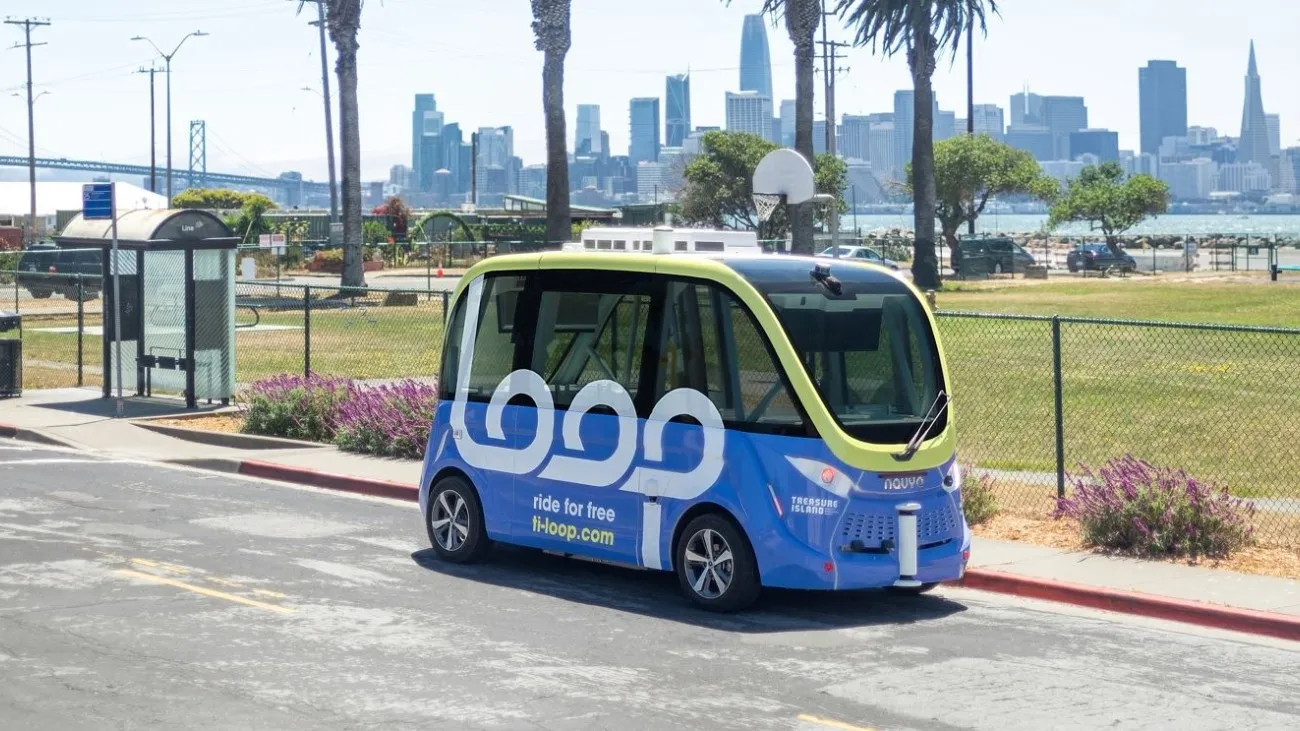HMI subsidiary Ohmio is to supply 150 autonomous shuttles to a Korean company – an agreement which HMI says is the largest deployment of these vehicles in the world. New Zealand-based Ohmio signed the deal with Southwest Coast Enterprise City Development (SolaSeaDo), which is attempting to secure a contract to build a smart city in Korea and will know the outcome of its proposal later this year.
May 2, 2018
Read time: 2 mins
HMI subsidiary Ohmio is to supply 150 autonomous shuttles to a Korean company – an agreement which HMI says is the largest deployment of these vehicles in the world. New Zealand-based Ohmio signed the deal with Southwest Coast Enterprise City Development (SolaSeaDo), which is attempting to secure a contract to build a smart city in Korea and will know the outcome of its proposal later this year.
Ohmio Lift is a 20-person shuttle that operates on pre-determined routes and offers services similar to a tram. The vehicle runs on virtual rails and is guided by a range of electronic systems.
These shuttles were developed by HMI in Pakuranga, Auckland, and launched at a demonstration in Christchurch in September 2017 using prototype vehicles.
Mohammed Hikmet, founder of HMI and Ohmio, said: “These first vehicles were to show we had developed the know-how to build an autonomous vehicle. Since then we have been developing the Ohmio Lift, a vehicle that we expect will be used in a range of environments such as airports, business parks and central city areas.”








